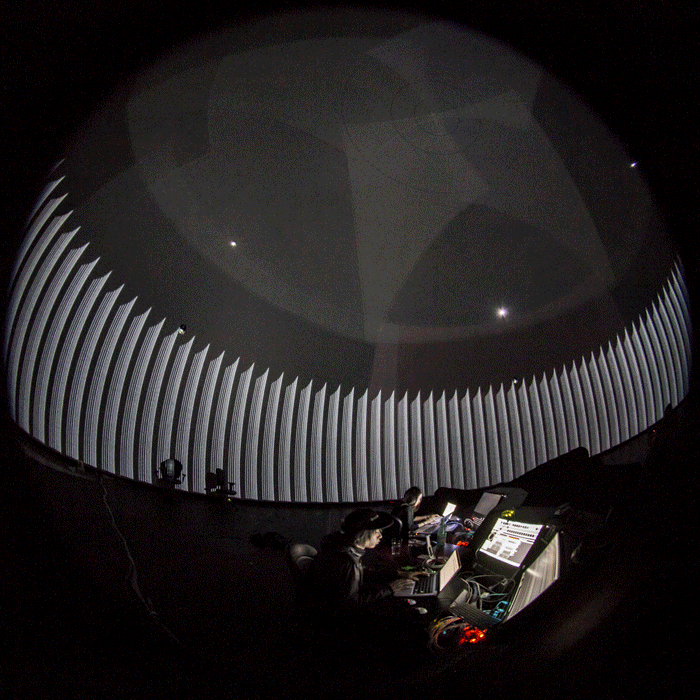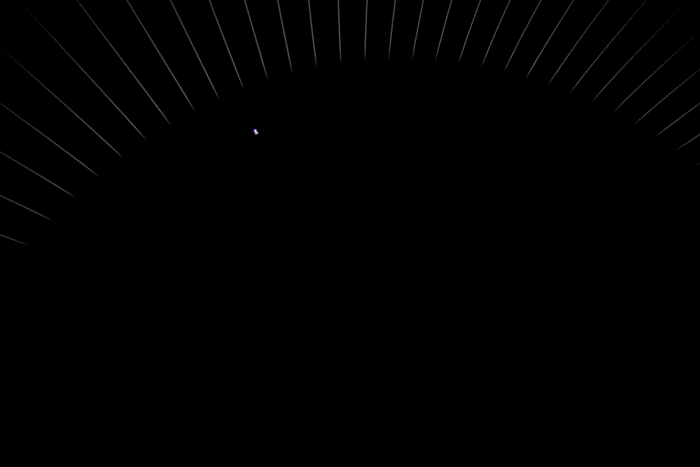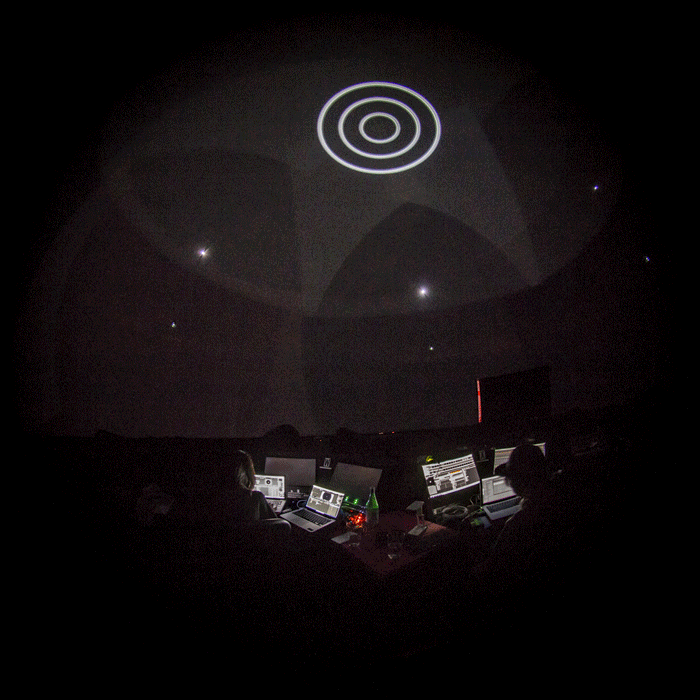Related post
Onryō – Tech-noir chaos by Denial of Service
Mar 07, 2017
|
Comments Off on Onryō – Tech-noir chaos by Denial of Service
3120
LEVEL by Cinzia Campolese & Erminio Alekos Serpente
Feb 23, 2015
|
Comments Off on LEVEL by Cinzia Campolese & Erminio Alekos Serpente
3440
World’s First Permanent Projection Mapping Show on Cinema Façade
Jun 22, 2017
|
Comments Off on World’s First Permanent Projection Mapping Show on Cinema Façade
1711


 GIF courtesy of
GIF courtesy of  Image courtesy of Sébastien Roy
Image courtesy of Sébastien Roy GIF courtesy of Sébastien Roy
GIF courtesy of Sébastien Roy Image courtesy of Nonotak Studio
Image courtesy of Nonotak Studio Image courtesy of Nonotak Studio
Image courtesy of Nonotak Studio GIF courtesy of Sébastien Roy
GIF courtesy of Sébastien Roy Image courtesy of Sébastien Roy
Image courtesy of Sébastien Roy


